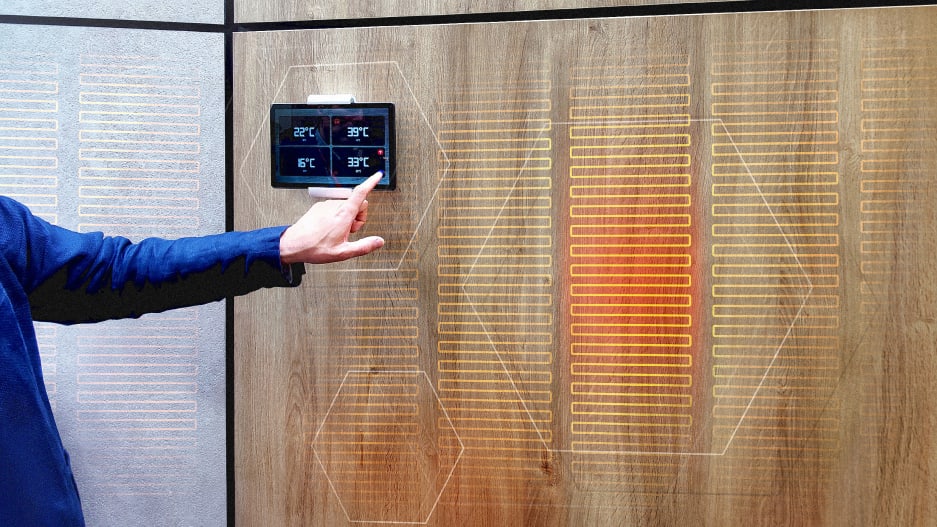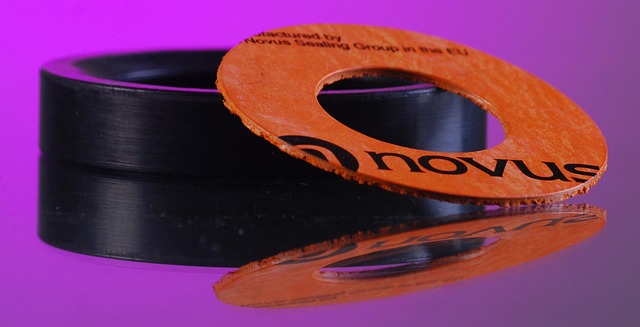Imagine if you could effortlessly warm your room through your walls or furniture. This revolutionary concept comes to life through innovative technology developed by a Finnish startup The Warming Surfaces Company.
The Warming Surfaces Company has ingeniously crafted a paper-thin warming film that seamlessly integrates into walls and furniture, harnessing energy-efficient techniques to heat the entire room.
The heating elements are below 0.1 millimeters thick.
The warming film resembles a typical laminate, akin to the thin wooden layer adorning dressers, desks, or flooring. But hidden inside is a remarkable secret—a paper-thin metal mesh that can convert your furniture or walls into efficient radiant heaters, harnessing energy in a ground-breaking manner.
A few years ago, the Finnish military contacted the company seeking assistance in creating military decoys that utilized heat. The objective was to deceive potential attackers by heating large surfaces, thereby creating the illusion of a tank or other equipment during night-time operations.
However, during the design process, the researchers realized that it could also be useful in heating residential and commercial spaces. Inspired by this realization, the startup embarked on incorporating the paper-thin warming film into furniture and interior surface materials, paving the way for efficient heating solutions for homes and offices.
An ordinary-looking laminate with extraordinary power to heat a room within seconds.
The film utilizes a low-voltage heating element that can be embedded in almost any material, including fabric. Its wide coverage also enables rapid heating of an area, making it ideal for room heating. Additionally, the integration of sensors allows for quick activation when someone enters the room, ensuring prompt and comfortable warmth.
The first products are expected to launch in 2024. The founder, Kuusisto, hopes the technology can contribute to the decarbonization of buildings, particularly in Europe where heating accounts for nearly two-thirds of household energy usage.







